Stewart Cooper said he was a “different person” upon returning from his time as a naval officer during the Falklands conflict.
On April 2 1982, he was part of a crew on board HMS Antrim who headed for the Falkland Isles to fight.
Mr Cooper, from St Cyrus, documented his time on the ship in a diary, enabling him to look back at some of the most startling moments.
Now, on the 40th anniversary of the Falklands War, he has shared some of his memories.
He had always dreamt of flying a helicopter and worked his way up through the ranks until, at the age of 27, he was second pilot of a craft nicknamed Humphrey.
Heading for the Falklands
The crew initially expected their arrival at Ascension Island would be the start of a routine trip. Instead, it marked the beginning of 10 weeks of conflict.
They were among the first British troops to arrive and quickly began preparing for war, painting Humphrey and removing its sonar gear.
Mr Cooper said: “This for me was a period of excitement. I was getting to do lots of flying and carrying out tasks that I would not normally have been given.”
Soon after, the helicopter was the first to land on Fortuna Glacier, something Mr Cooper said he would “never forget”.
“I recall opening my window and looking down a vertical shaft into blueish icy nothingness,” he said.
“I have no idea how deep it was, and we were trying to place the helicopter on top of these serac dolmens, as they are called. It was a most unpleasant and disorienting experience.”
‘Worst day of my life’
HMS Antrim was later involved in the bombing of an Argentinian submarine and the target of a heavy attach by Argentinian aircraft.
Mr Cooper remembered May 21 as a day that changed his life.
He said: “I had to run for my life from A4 cannon fire on the flight deck and dive behind bollards for cover. The ship took a bomb about 25ft from where I stood.
“At the end of the day, I was in a state of total exhaustion. This was without a doubt the worst day of my life.”
The word of a ceasefire came on June 14, but Mr Cooper was never the same again.
Traumatised
Now settled in Aberdeen, Mr Cooper looked back over 40 years at the state he retuned from the war in.
“I was angry, I had no patience, and didn’t realise it,” he said.
“Over the years, I lost weight and felt more and more ill. I was finally diagnosed with diabetes, when I weighed just seven stone.
“They told me it was traumatically induced – I think something just cracked inside my body. After that, I was grounded and unable to fly again.”
Mr Cooper now works as a systems engineer in the oil and gas industry, is married and has two children.
He said he is beginning to come to terms with his time in the Royal Navy: “It doesn’t go away, and there are things I don’t want to remember. I didn’t enjoy my time there, but I think I’ve come to terms with it now.”
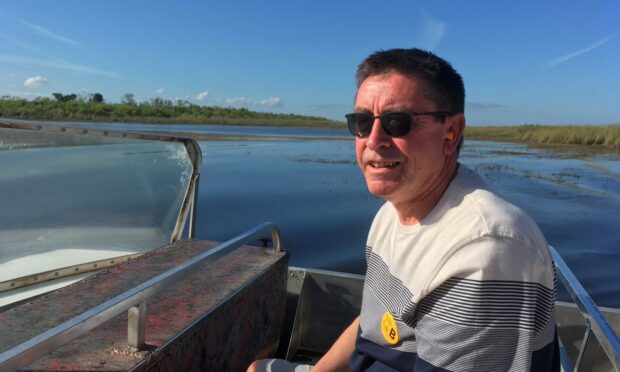
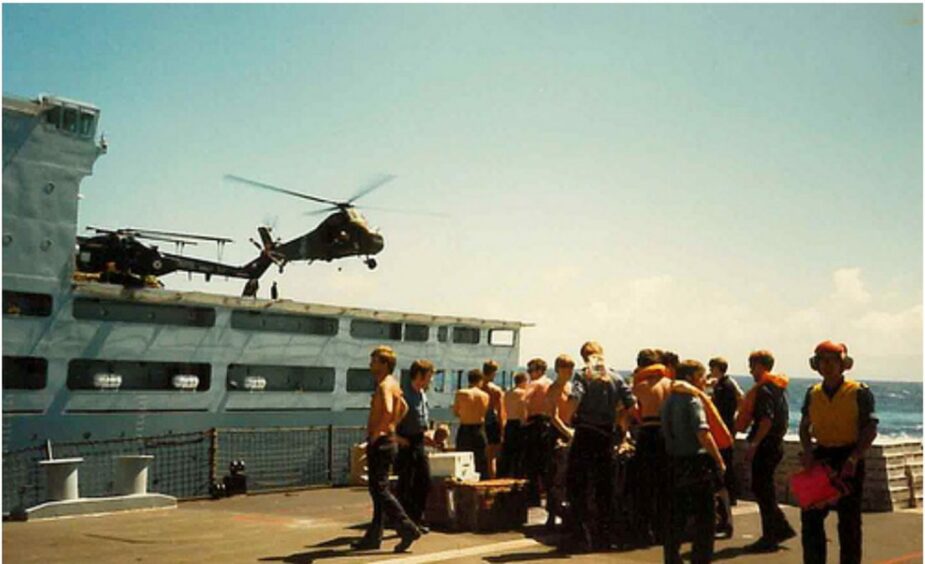
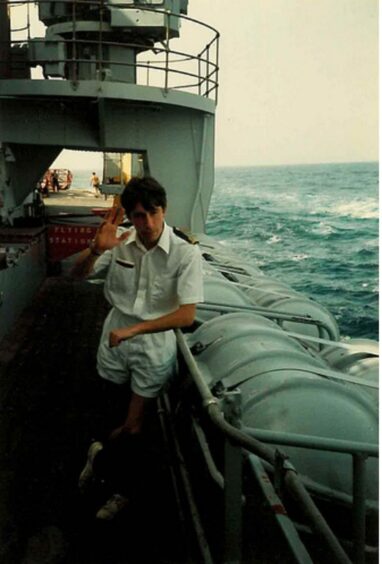
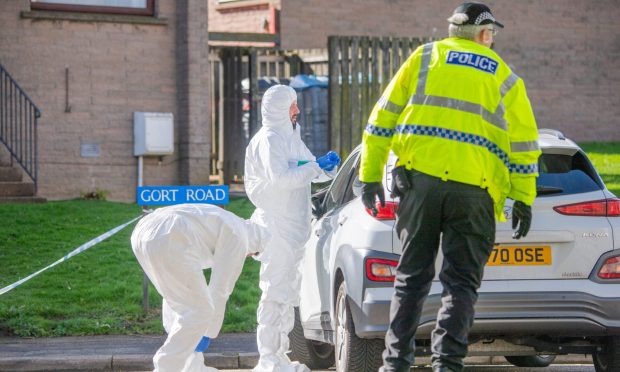


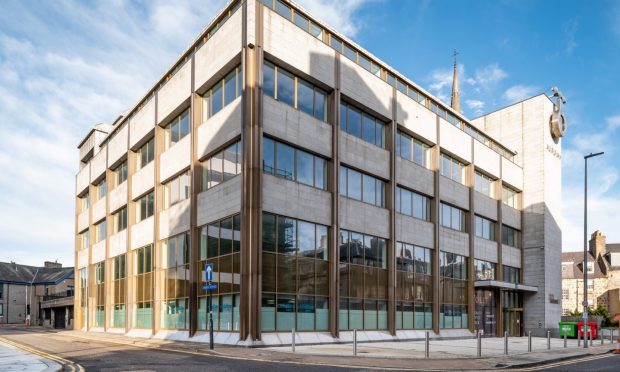
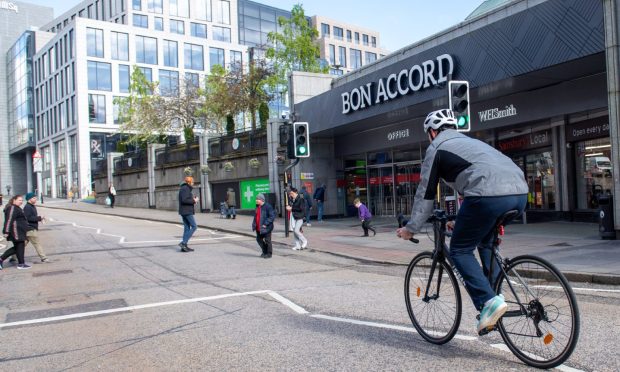

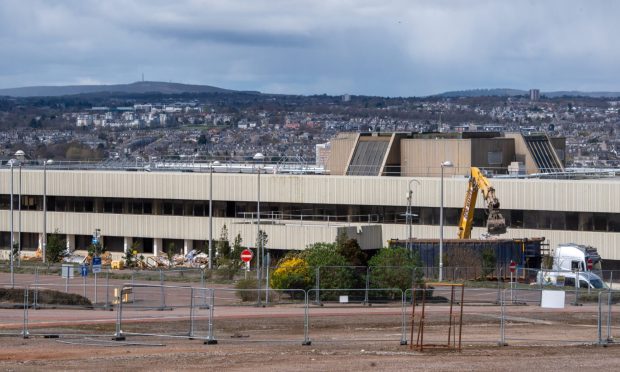
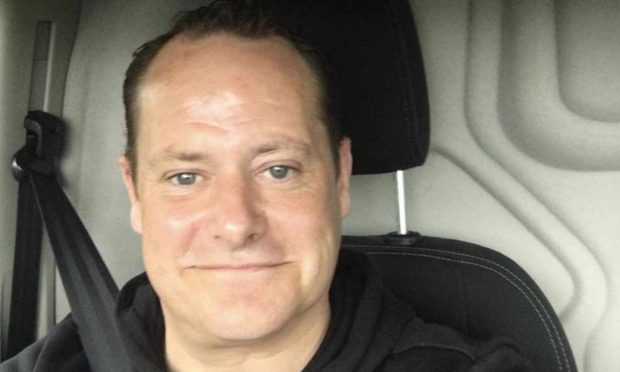

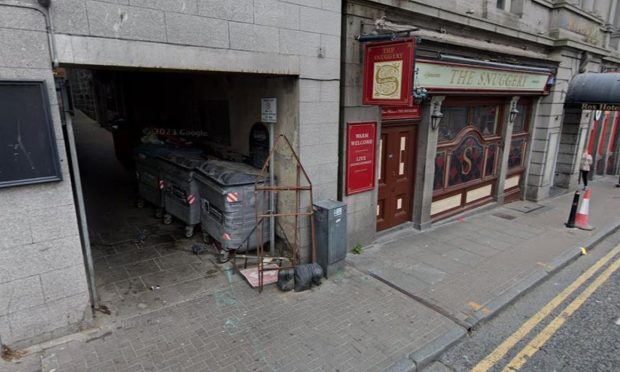
Conversation